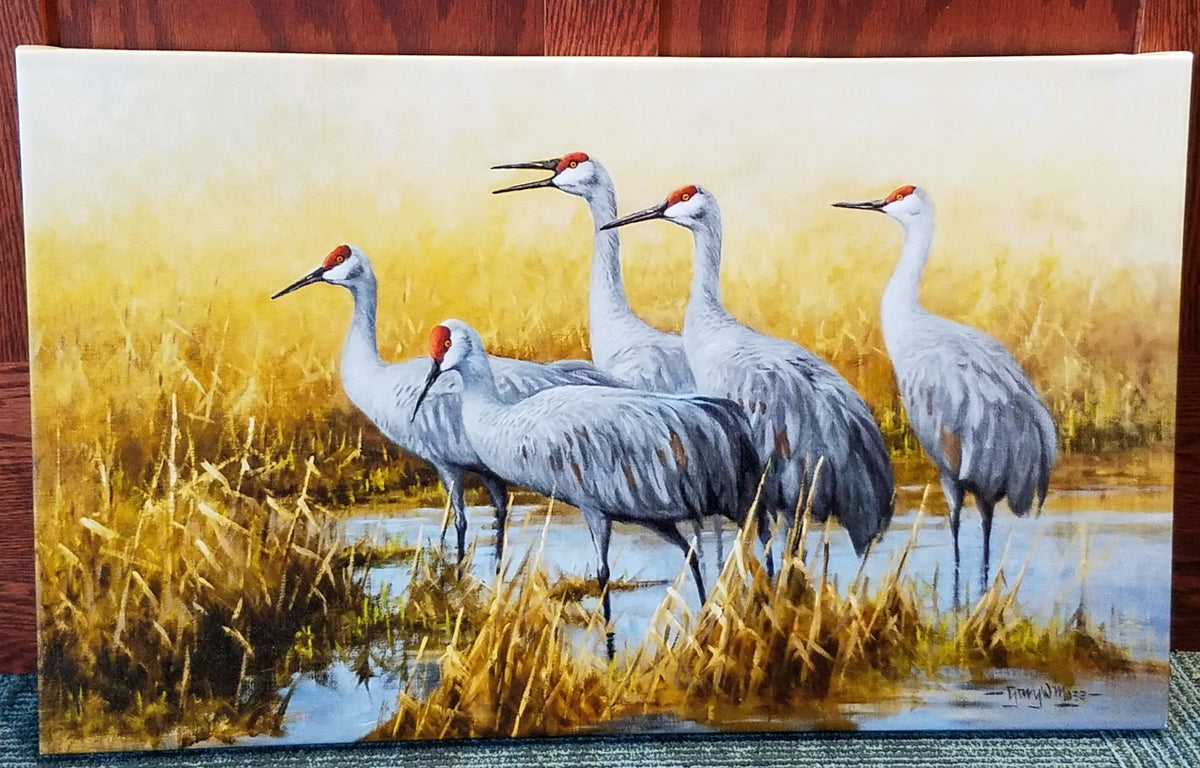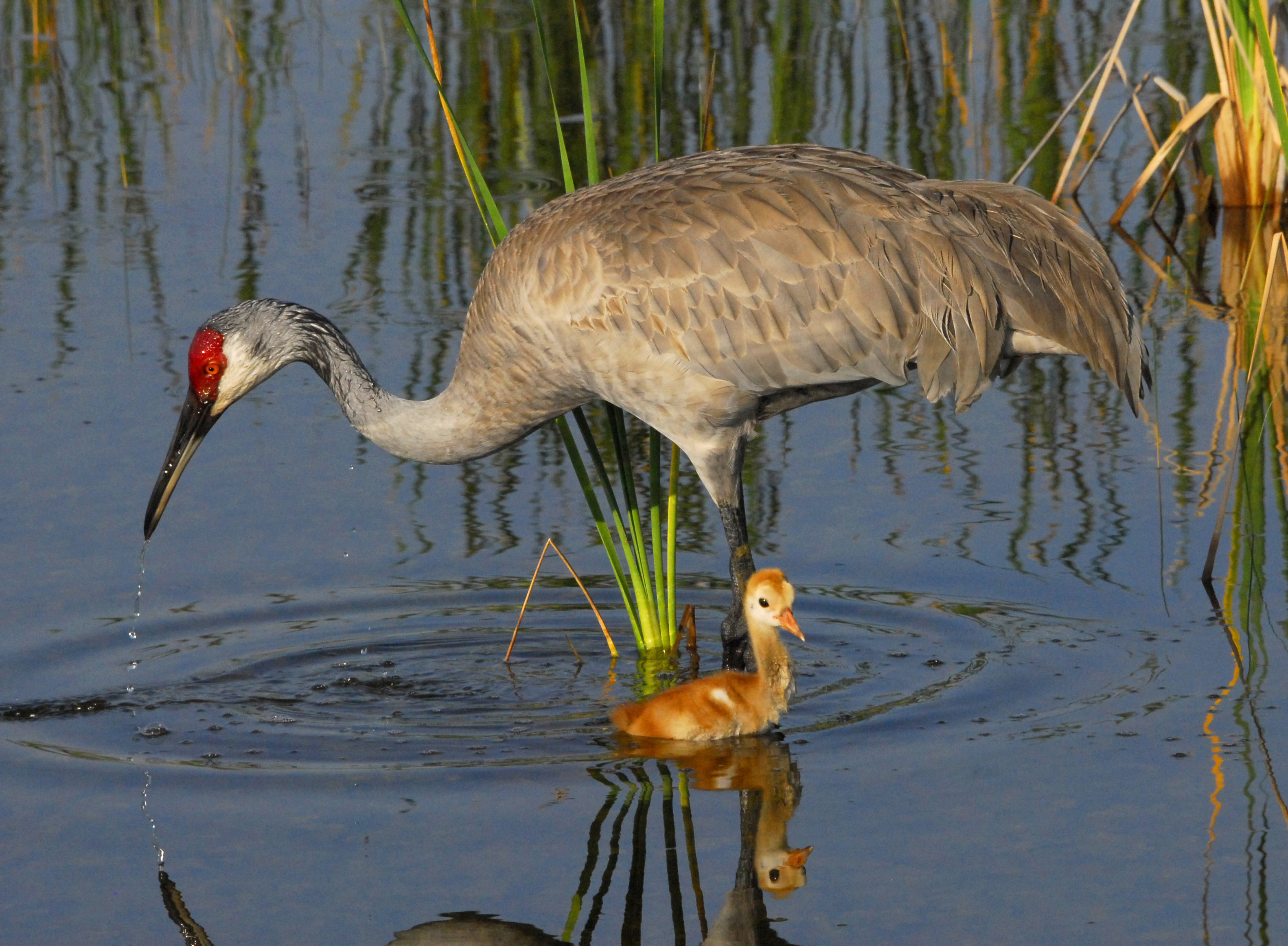In the realm of nature photography, capturing the beauty and resilience of wildlife requires a keen eye, technical expertise, and an artistic sensibility. This is especially true when it comes to photographing birds, which are renowned for their grace, speed, and elusive nature.
In this comprehensive guide, we delve into the fascinating world of bird photography, exploring the challenges and rewards of capturing these magnificent creatures on camera. We will examine the techniques used by acclaimed nature photographer Arthur Morris, discuss the concept of “tough exposure,” and explore the artistic expression that transforms bird photography into a true art form.
Relocated Sandhill Crane Colt

Intro paragraphThe relocation of a young sandhill crane colt is a complex and challenging process that requires careful planning and execution. The reasons for relocation can vary, but typically involve the colt’s safety or well-being.
Circumstances Surrounding the Relocation The relocation of a sandhill crane colt is often necessary when the colt’s natural habitat has been compromised or destroyed. This can occur due to human activities such as development, agriculture, or natural disasters.
In some cases, the colt may be orphaned or injured, making it unable to survive on its own.
Reasons Behind the Relocation There are several reasons why a sandhill crane colt may need to be relocated. These reasons include:
- Habitat loss: The colt’s natural habitat may have been destroyed or degraded, making it impossible for the colt to survive on its own.
- Orphaning: The colt’s parents may have been killed or injured, leaving the colt orphaned and unable to care for itself.
- Injury: The colt may have been injured and is unable to move or feed on its own.
Challenges Encountered The relocation of a sandhill crane colt can be a challenging process. Some of the challenges that may be encountered include:
- Finding a suitable new habitat: The new habitat must be suitable for the colt’s needs, including providing food, water, and shelter.
- Transporting the colt: The colt must be transported safely to the new habitat without causing injury or stress.
- Introducing the colt to the new habitat: The colt must be introduced to the new habitat in a way that minimizes stress and allows it to adjust to its new surroundings.
Tough Exposure
In photography, “tough exposure” refers to capturing images in challenging lighting conditions, such as extreme brightness or darkness. This technique involves intentionally underexposing or overexposing the image to create a specific aesthetic effect.
Tough exposure can be used to convey a range of emotions and atmospheres in photography. For instance, underexposing an image can create a sense of mystery or drama, while overexposing it can result in a bright and airy feel.
Examples of Tough Exposure
- Capturing a silhouette against a bright sunset
- Using a slow shutter speed to create motion blur in a night scene
- Underexposing a portrait to emphasize the subject’s eyes
- Overexposing a landscape to create a dreamy, ethereal effect
Tips for Achieving Successful Tough Exposure Shots
- Understand your camera’s exposure settings and how they affect the image.
- Use a tripod to stabilize the camera and prevent camera shake.
- Experiment with different exposure compensation settings to find the optimal exposure for your scene.
- Use filters, such as a neutral density filter, to reduce the amount of light entering the lens.
- Be patient and take multiple shots to capture the desired effect.
Question Arthur Morris
Acclaimed nature photographer Arthur Morris is renowned for his captivating images of birds and wildlife. His exceptional talent and unwavering dedication have earned him a prominent position in the field of nature photography.
Morris’s approach to capturing wildlife is characterized by his meticulous attention to detail, patience, and understanding of animal behavior. He spends countless hours observing his subjects, studying their movements and habits, to anticipate the perfect moment to capture their essence.
Artistic Vision
Morris’s artistic vision is deeply rooted in the beauty and diversity of the natural world. His photographs strive to convey the wonder and fragility of wildlife, inspiring viewers to appreciate and protect the planet’s precious ecosystems.
Morris believes that every photograph tells a story, and he uses his images to convey a message of conservation and respect for the environment. Through his work, he hopes to raise awareness about the importance of preserving wildlife and their habitats.
Birds as Art
Birds as art refers to the artistic interpretation of birds in photography. It involves capturing the beauty, grace, and artistry of birds in their natural habitats.
Photographers use various techniques to capture the artistic qualities of birds. They employ creative lighting, composition, and perspective to showcase the birds’ unique features and behaviors. By isolating the birds from their surroundings, photographers can highlight their intricate details, vibrant colors, and graceful movements.
Stunning Examples of Bird Photography
- “Flight of the Flamingo” by John Ranard: This image captures a flock of flamingos in flight, creating a vibrant and dynamic composition. The photographer used a low camera angle to emphasize the birds’ long legs and elegant flight.
- “Osprey in Dive” by Arthur Morris: This photograph showcases the power and agility of an osprey as it dives for its prey. The photographer used a high-speed shutter to freeze the bird’s motion, capturing the intensity of the moment.
- “Hummingbird in Bloom” by Dan Konopka: This image combines the beauty of a hummingbird with the delicate petals of a flower. The photographer used a macro lens to capture the intricate details of the hummingbird’s plumage and the vibrant colors of the flower.
Last Word

As we conclude our exploration of bird photography, we are left with a profound appreciation for the beauty and diversity of the avian world. Through the lens of talented photographers like Arthur Morris, we have gained insights into the challenges and rewards of capturing these elusive creatures on camera.
By embracing the principles of tough exposure, understanding the artistic vision of birds as art, and continually honing our skills, we can strive to create stunning bird photographs that not only document nature but also elevate it to the realm of art.
Questions and Answers
What is the significance of “tough exposure” in bird photography?
Tough exposure refers to the technique of intentionally underexposing an image to capture detail in the highlights while preserving the shadows. This technique is particularly useful in bird photography, where the bright plumage of the birds can easily overexpose the image.
How does Arthur Morris approach photographing birds and wildlife?
Arthur Morris is known for his intimate and dynamic bird photographs. He often uses blinds and camouflage to get close to his subjects and captures them in their natural habitats. His approach emphasizes capturing the beauty and behavior of birds while respecting their environment.
What is the concept of “birds as art”?
Birds as art refers to the artistic expression that transforms bird photography into a form of fine art. Bird photographers strive to capture not only the physical appearance of birds but also their emotions, personalities, and the beauty of their surroundings.




